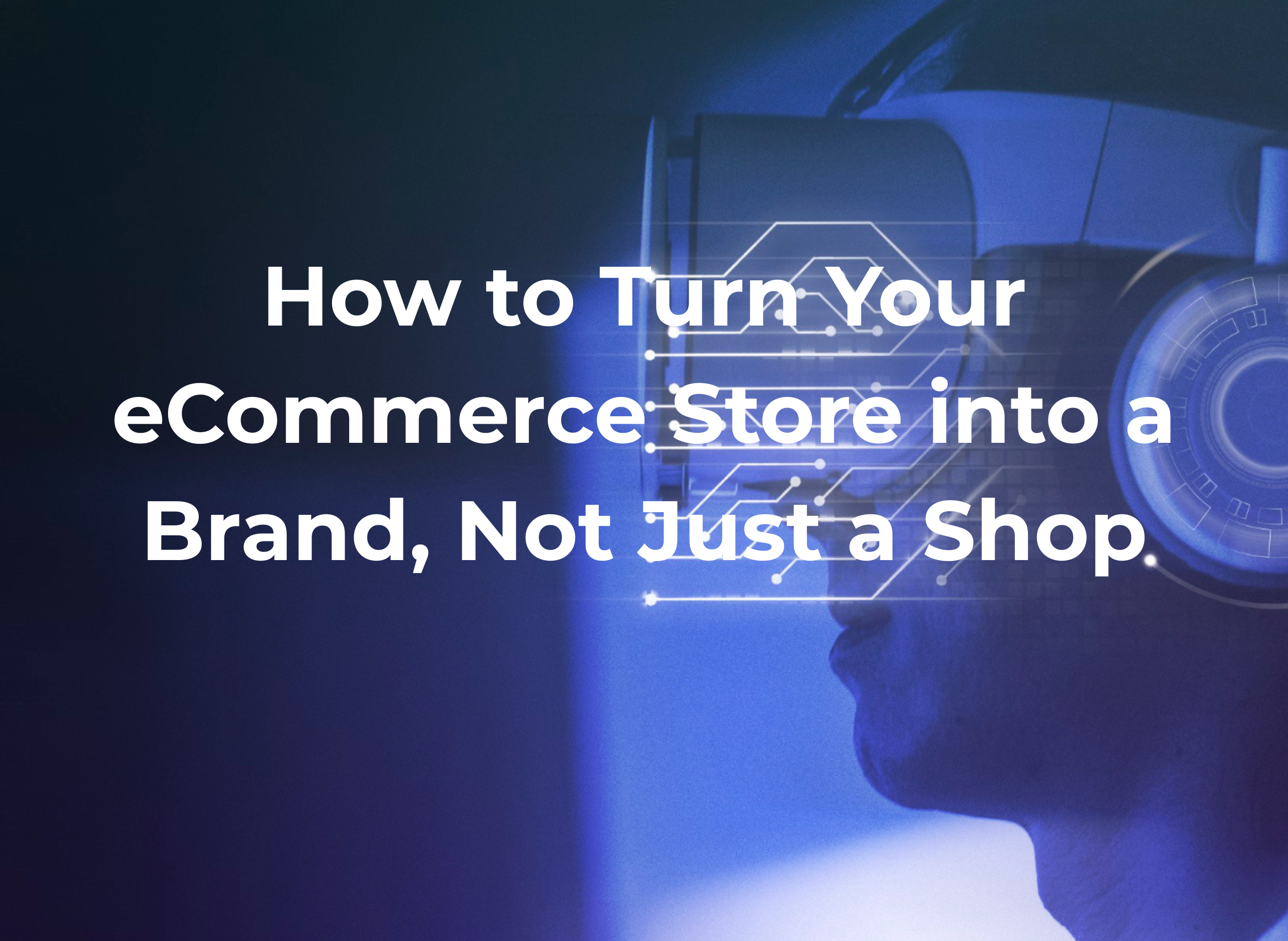How to Turn Your eCommerce Store into a Brand, Not Just a Shop
Running an eCommerce store is easy in today’s world—anyone can upload products, set prices, and start dealing. But what separates a store from a brand is the emotional connection, trust, and long-term fidelity that guests make with it. A shop simply sells products. A brand sells identity and trust and exploits. Still, you need to move beyond being a transactional store and evolve into a brand people flash back to and trust if you want your eCommerce business to stand out.
1. Define a Clear Brand Identity A brand begins with clarity.
Produce a brand story that communicates your vision, charge, and values. This gives guests more than just products; it gives them a reason to buy from you and not your contenders. illustration rather than just dealing with eco-friendly bags, place yourself as a life brand that empowers people to make sustainable fashion choices.
2. Craft a Memorable Visual Identity.
Your hallmark, colors, sources, packaging, and website design should be harmonious and aligned with your story. A shop may use general templates, but a brand invests in recognizable design.
Pro tip: produce a mood board for your brand style. Ask, “If my brand was a person, how would it dress and speak?” Also let that personality reflect far and wide—from your Instagram feed to your shipping boxes.
3. give an Experience Rather Than Just a Good While anyone can vend a product, brands give guests gifts.
tailored discharging Handwritten notes of gratefulness Friendly and dependable client service These minor details transfigure a straightforward purchase into an experience that guests want to post on social media. For the case, Apple offers guests slick packaging, flawless guests, and a brand identity that makes them feel “decorated” in addition to phones.
4. Establish Emotional Bonds Abatements do not keep guests religious.
Rather, it’s the way a brand makes them feel. produce emotional bonds by telling customer witnesses about structure juggernauts, which are driven through the community, offering your powers behind causes that align with your values
5. Use Content to Educate & Inspire:
A store posts product images. A brand creates content that educates, inspires, and solves problems for its followership. Blog posts, tutorials, behind-the-scenes videos, and life content. This positions your store as an authority and trusted resource, not just a dealer.

6. Influence Social Proof.
Guests trust other guests more than advertisements. Encourage reviews, witnesses, and UGC (stoner-generated content). Brace that with an important lie to punctuate why your brand exists.
7. Produce a community, not just guests.
Brands make lines. Encourage your buyers to become part of a larger movement. Facebook groups, disharmonious waiters, or brand communities with fidelity programs that reward advocacy Interactive juggernauts that invite guests’ voices When people feel like they belong, they come back again and again.
8. Stay harmonious.
Across All Touchpoints From your website to your Instagram captions, your voice and tone should feel unified. A shop might sound different far and wide, but a brand feels like the same “person” whether you meet them in-store, online, or via dispatch.

